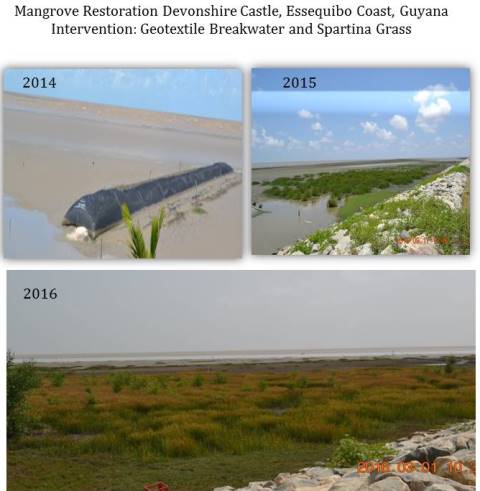Estimating benefits to make the case for investment
An elaborate ecosystem services assessment helped build the case for investment in an integrated urban river restoration, highlighting benefits relating to water, land, social and climate change issues. Assessed over 40 years, the lifetime benefits of the restoration activities were estimated at €31.2 million – a benefit-to-cost ratio of 7:1. This value-based approach to urban green infrastructure demonstrated that the restoration of the park was a cost-effective way of improving the wellbeing of the local community, particularly as compares to a purely ‘hard engineering’ solution which tends to maximise single services (flood risk etc), while generally having unintended consequences for a range of other interconnected services. The assessment and accompanying report were key in convincing funders to contribute to this project, illustrating how the combination of knowledge, data and resources can enable different sectors to successfully deliver large projects and provide a wide range of benefits far beyond what a single organisation could afford to fund alone.
An Ecosystem Services Assessment was conducted. The involvement of the Environment Agency as a partner helped in the process of securing the numerous approvals needed (flood risk, contaminated land, soil disposal etc.) to successfully conduct the assessment and gather the needed data. This cooperation lead to a quantified estimate of benefits from all of the proposed restoration work prior to implementation, as well as an analysis post-implementation.
It remains difficult to monitor and quantify the benefits of ecosystem services, especially supporting services such as nutrient cycling and habitat for wildlife. Nevertheless, it is crucial in evaluating ecosystem services to consider and – to the extent possible - quantify all service categories (provisioning, regulatory, cultural and supporting). In the case of Mayesbrook, the assessment found that more than 88 percent of the total ecosystem service benefits assessed for the park were benefits to health (such as improving air quality), risk (such as reducing potential flood damage) and cultural value (such as providing opportunities for education). Thus, by creating a thriving, multifunctional landscape and combining social and environmental regeneration goals, the Mayesbrook Climate Change Park demonstrates how an urban river park restoration can successfully deliver public, private and voluntary sector objectives simultaneously – a key factor in making the investment case.
